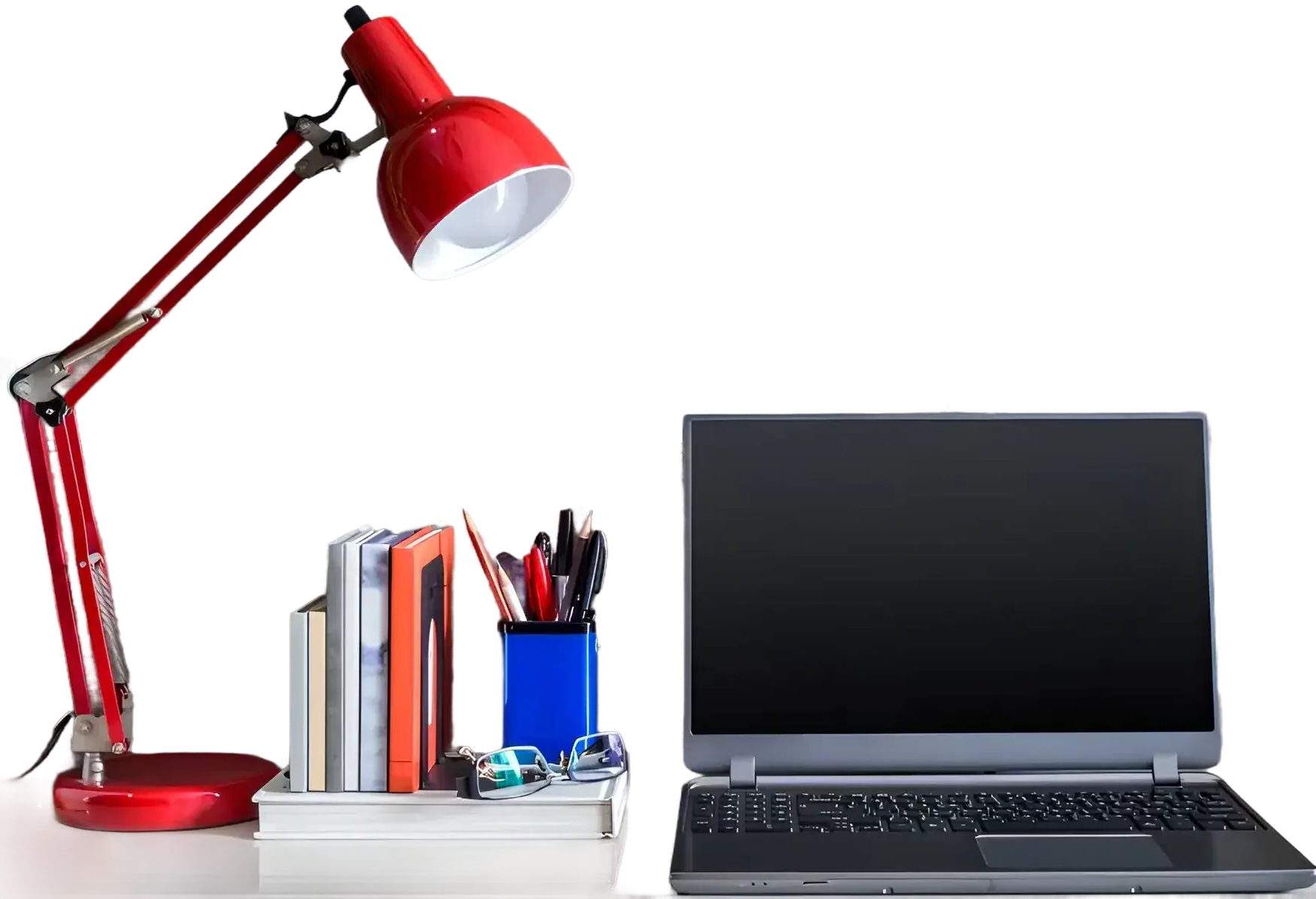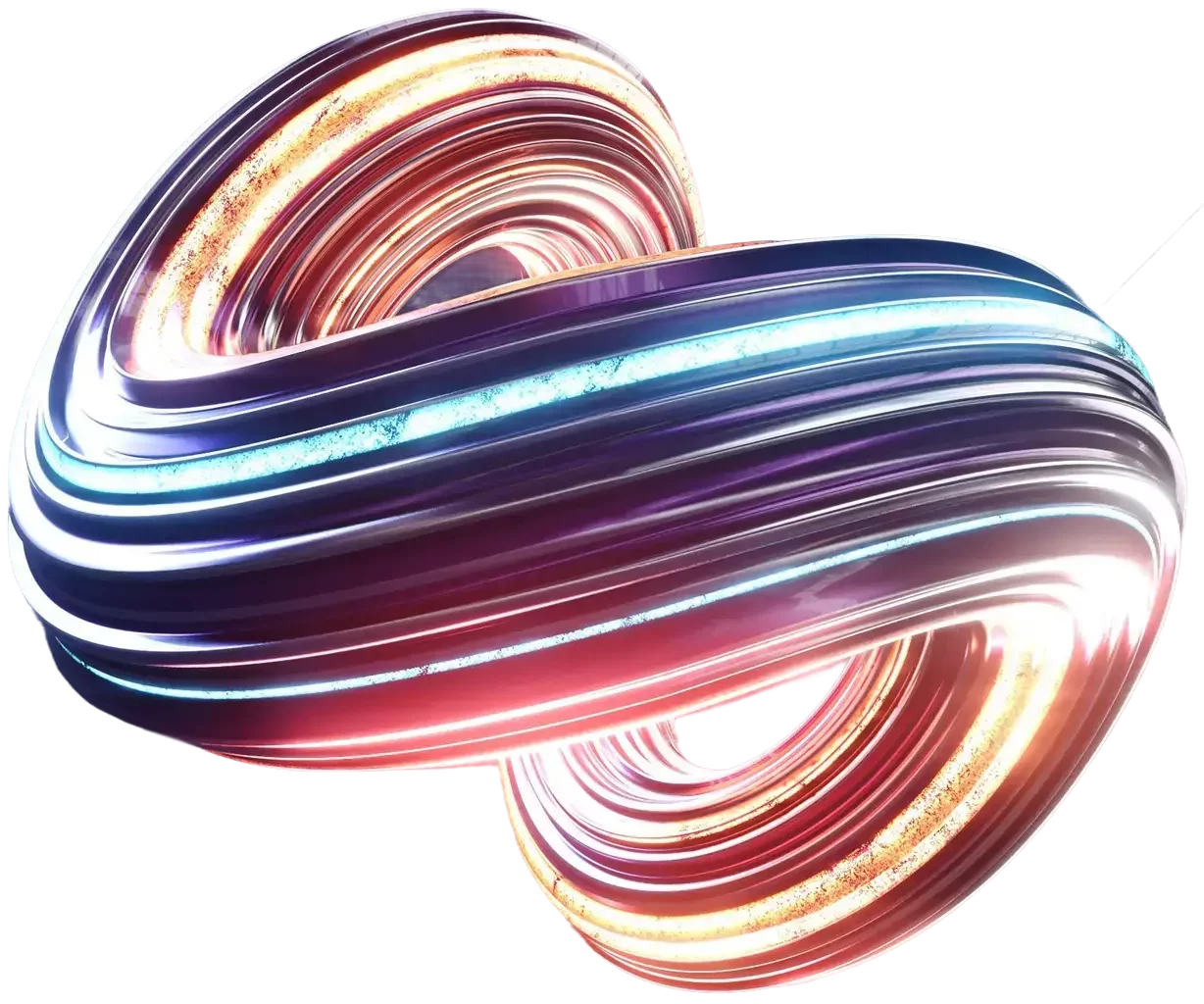Looking for remote design jobs? Our blog will help you find the best freelancing and remote design job opportunities. We share proven tips on how to build a portfolio, find clients, and work successfully remotely. Learn how to monetise your skills and build your design career from the comfort of your own home. Join our community and discover the world of remote dream jobs!
Read More
The variety of remote jobs for designers is extreme: from graphic design to web design, there are many online job opportunities that allow people with varying levels of experience to find suitable projects.
Designs and decorates residential and commercial spaces, selecting furniture, lighting and décor
Creates corporate identity, logos, packaging, advertising, presentations and other graphic materials
Creates the game mechanics, graphics, characters and atmosphere of the game
Develops concepts and interface design for mobile applications
Engaged in 3D visualisation, animation and object modelling for various purposes
Helps businesses market products by improving user experience and analysing the needs of the target audience
Tired of searching for suitable jobs in the office? Our service will help you find a remote job as a designer that perfectly matches your skills and preferences. We carefully select relevant offers from reliable employers so you can focus on your creativity without wasting time on endless searches. Register now and start the next stage of your career in the comfort of your own home!
Read more
Excuse me. No publications yet
Excuse me. No publications yet
Working with different clients and projects helps to avoid routine, making each day interesting and full of new challenges
Designers have the opportunity to realise their ideas and create unique visual solutions, allowing them to express their individuality and creativity
Designers shape the image of brands and influence how users perceive products and services, which makes their work particularly important
Many designers can work remotely and set their own schedule, allowing them to find a work-life balance
Design is a dynamic field where new trends and technologies are always emerging, which gives you the opportunity to constantly develop and learn
Designers often interact with other creative professionals, which helps broaden horizons, find inspiration and make useful contacts
100К
700+
40К
